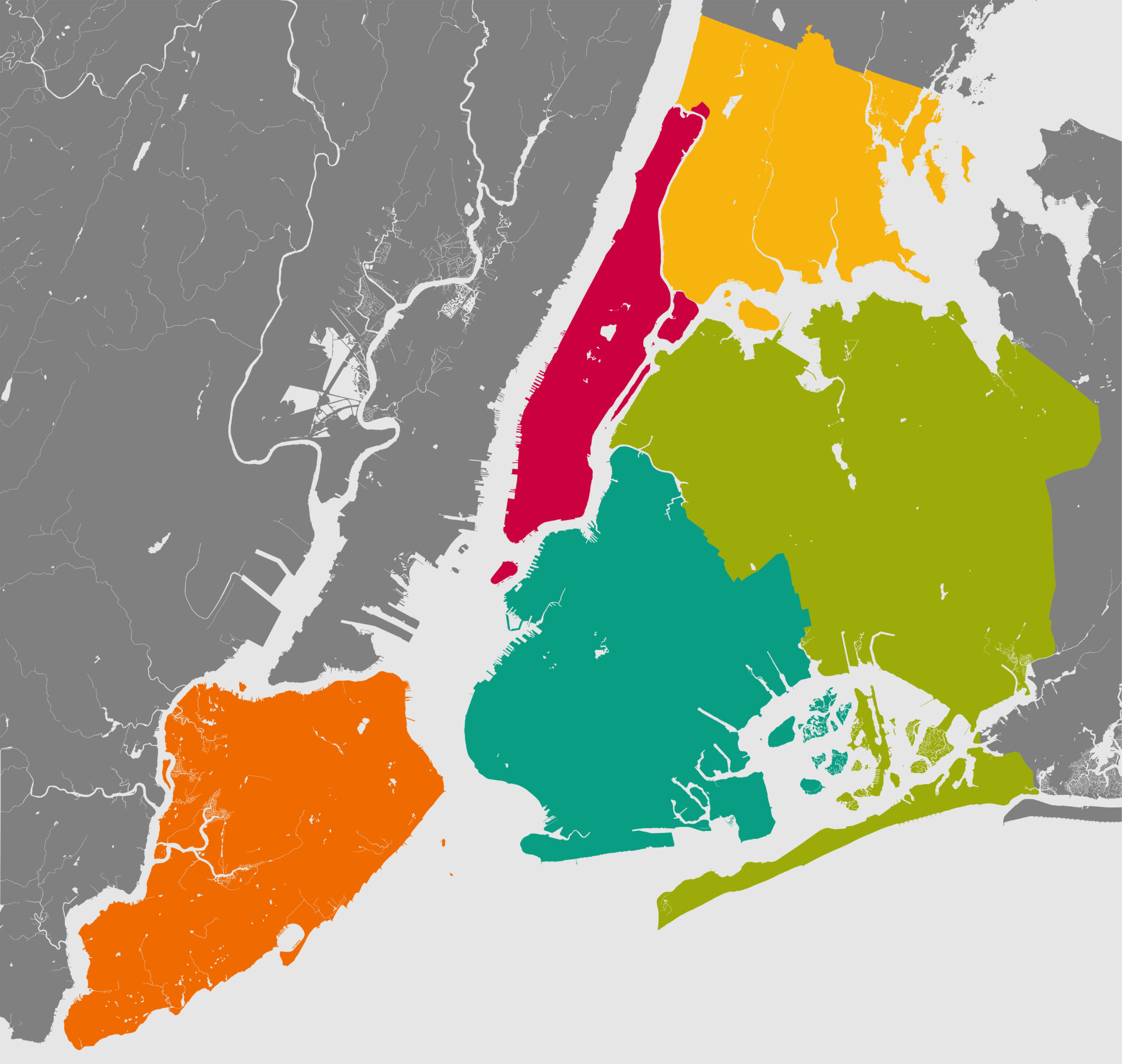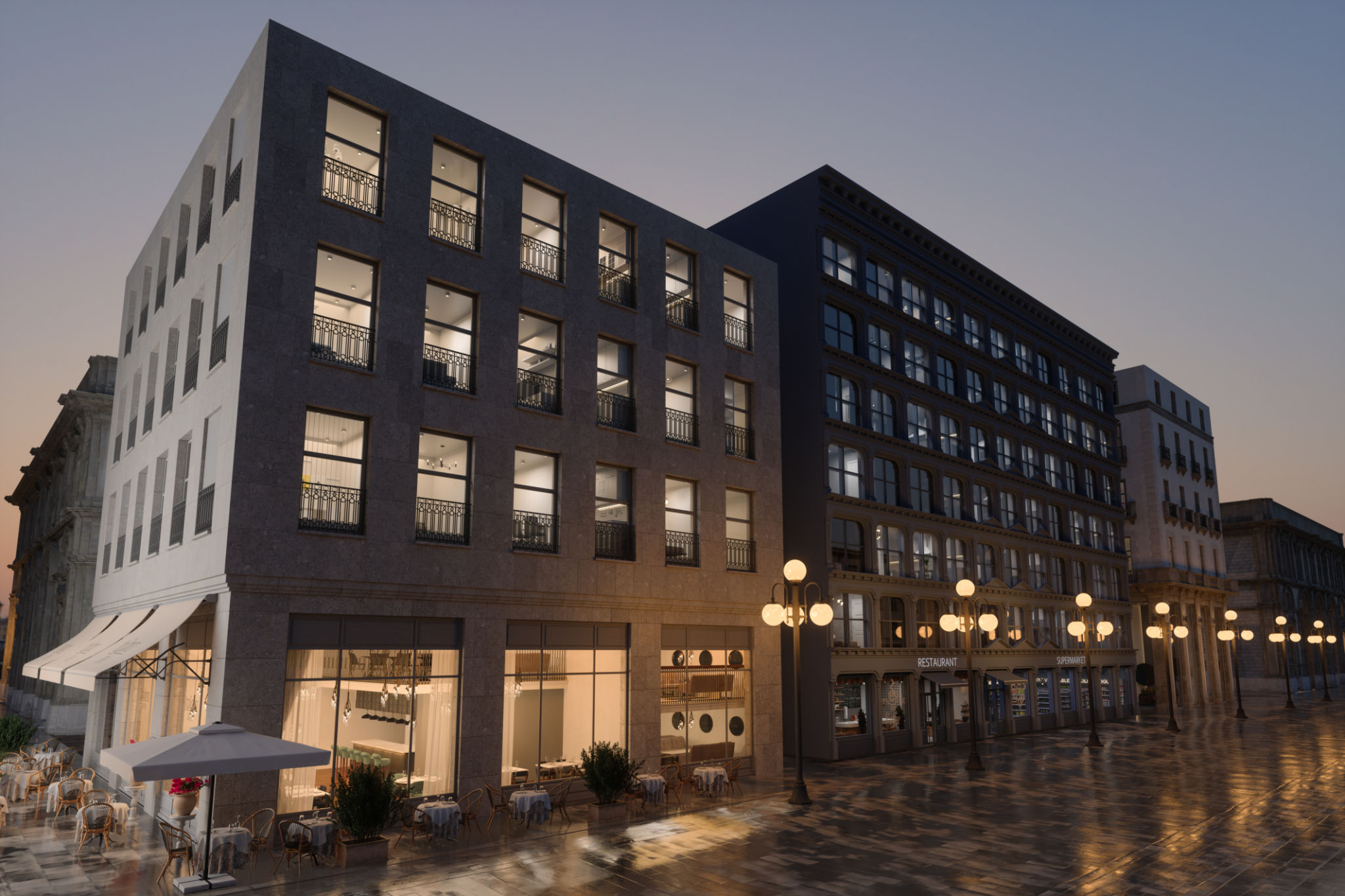How to Navigate Zoning and Land Use Regulations in NYC for Commercial Spaces
JW
Understanding Zoning Districts in NYC
New York City is a vast metropolis with a complex set of zoning and land use regulations. Understanding these regulations is crucial for anyone looking to acquire or develop commercial spaces. In NYC, zoning districts are divided into three main categories: residential, commercial, and manufacturing. Each district has its own set of rules that dictate how a property can be used and what business activities are permitted.
The first step in navigating these regulations is to determine the zoning district of your desired location. You can do this by using NYC’s Zoning Map, which provides a comprehensive overview of the city's zoning designations. Pay close attention to the specific rules that apply to your district, as they will influence what type of commercial activities you can pursue.

Special Zoning Districts
In addition to the standard zoning districts, NYC also has Special Zoning Districts. These areas have unique regulations designed to address specific neighborhood needs or characteristics. For example, some districts aim to preserve historic character, while others encourage economic development or environmental sustainability.
If your commercial space falls within a Special Zoning District, you may be subject to additional requirements or incentives. It's important to thoroughly understand these provisions to ensure compliance and to potentially benefit from any available incentives.

Permitted Uses and Variances
Each zoning district has a list of permitted uses, which outlines the types of businesses and activities allowed in that area. For example, a commercial district might allow retail stores, offices, and restaurants, while a manufacturing district might permit factories or warehouses.
If your intended use is not permitted in the zoning district, you may need to apply for a variance. A variance is an exception that allows a property to be used in a way that deviates from the zoning code. Obtaining a variance can be a lengthy and complex process, requiring you to demonstrate that the current zoning imposes a hardship and that your proposed use will not negatively impact the neighborhood.

Working with Professionals
Navigating NYC's zoning and land use regulations can be daunting, especially for those unfamiliar with the process. Hiring professionals such as zoning lawyers, architects, or urban planners can provide invaluable guidance. These experts can help interpret zoning laws, prepare necessary documentation, and represent your interests in front of zoning boards.
Engaging with professionals early in the process can save time and resources, ensuring that your commercial space project aligns with regulatory requirements and progresses smoothly.
Conclusion
Successfully navigating zoning and land use regulations in NYC requires a clear understanding of the city's zoning districts, special provisions, and the variance process. By utilizing resources like zoning maps and consulting with professionals, you can effectively manage the complexities of acquiring and developing commercial spaces in this dynamic city.
Taking the time to thoroughly research and plan according to zoning regulations can significantly enhance your chances of success and compliance, paving the way for a thriving commercial venture in New York City.
